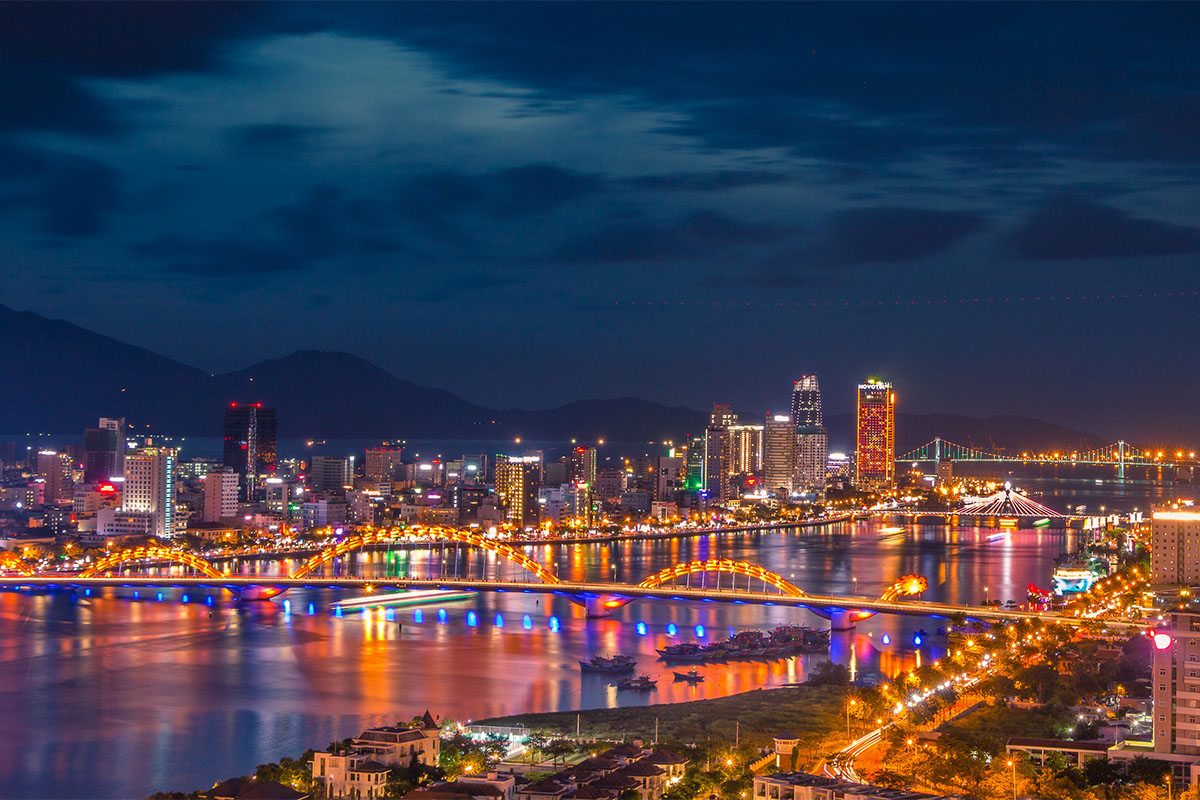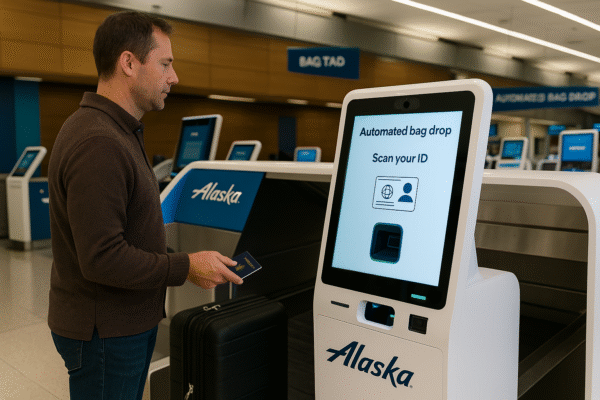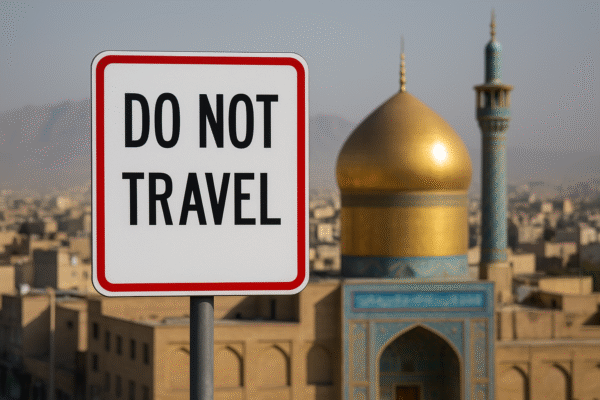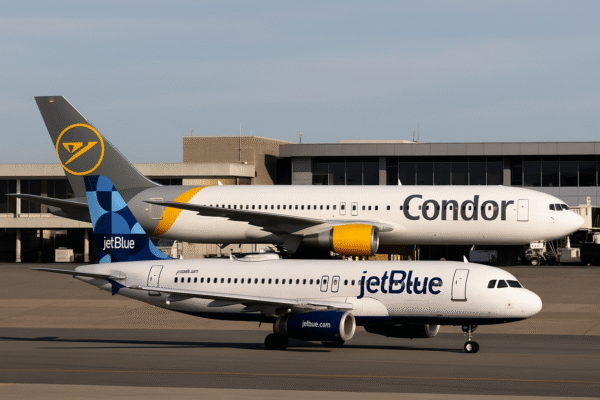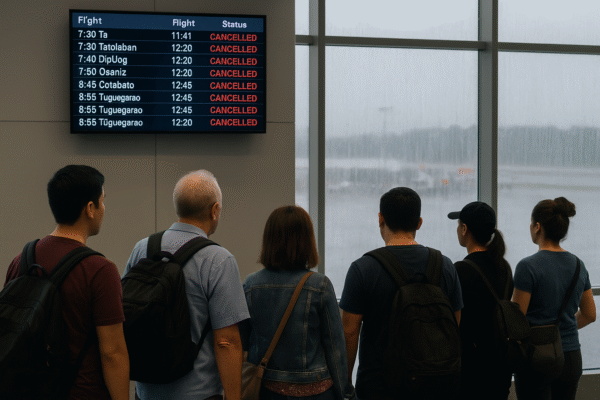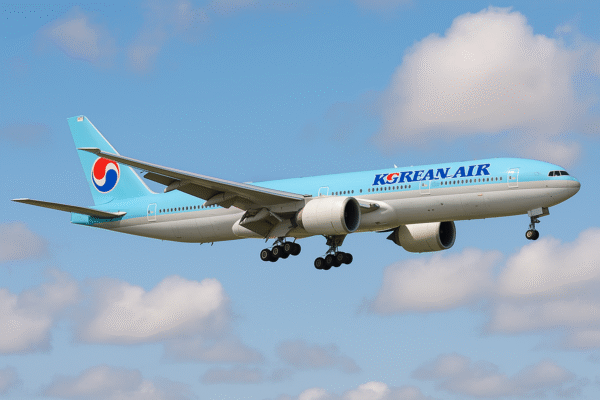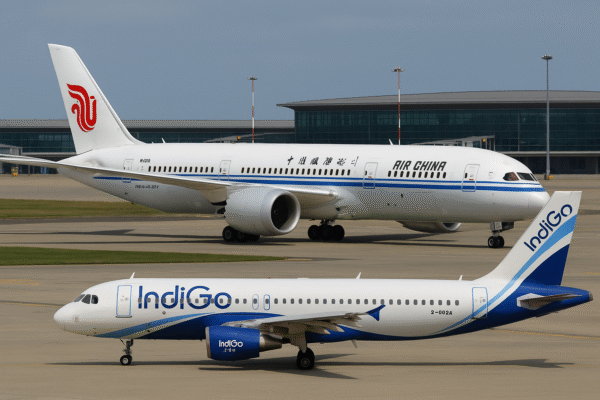In a landmark development for Asian tourism, direct flights between India and China are poised to make a comeback after nearly five years of suspension. Major Chinese carriers — Air China, China Eastern, China Southern, and Shandong Airlines — have officially requested slots at Delhi Airport (DEL) for the upcoming winter schedule. The final approval from aviation authorities will set the stage for nonstop air services that will reconnect two of the world’s fastest-growing economies.
For travelers and businesses alike, this reinstatement represents a long-awaited breakthrough. Prior to the suspension, direct routes between Delhi, Beijing, Shanghai, and Guangzhou operated with strong passenger loads, providing a seamless bridge for tourists, entrepreneurs, and students.
Boost for Tourism on Both Sides
Tourism boards in both India and China are preparing for a surge in arrivals once flights are reinstated. Indian destinations such as the Taj Mahal in Agra, the beaches of Goa, the palaces of Jaipur, and the sacred ghats of Varanasi are expected to attract large numbers of Chinese visitors. Meanwhile, Indian travelers will have easier access to iconic Chinese landmarks including the Great Wall of China, Xi’an’s Terracotta Army, the modern skyline of Shanghai, and the serene landscapes of Yunnan.
With pent-up demand and improved accessibility, both countries anticipate a sharp rise in cross-border tourism. Travel agencies and tour operators have already begun creating special packages to cater to renewed interest.
Economic and Business Opportunities
Beyond tourism, the restoration of air links will significantly impact trade and economic collaboration. India and China, Asia’s two largest emerging markets, share extensive trade relations in manufacturing, technology, and consumer goods. Frequent direct flights will streamline business travel, enabling executives, engineers, and researchers to attend trade fairs, explore supply chains, and forge new partnerships with greater efficiency.
Indian hospitality players are also optimistic. Hotels in metropolitan cities, heritage circuits, and leisure destinations are preparing to welcome increased Chinese arrivals, forecasting a revenue boost of up to 20% in 2025. Restaurants, cultural attractions, and travel suppliers are similarly gearing up to meet the renewed demand.
Role of IndiGo and Other Airlines
While Chinese carriers await final approvals, IndiGo has already announced plans to restart flights to Chengdu (CTU) and Guangzhou (CAN). The airline’s competitive fares and extensive domestic network make it a vital player in supporting reciprocal travel between the two nations. The addition of IndiGo’s routes will provide affordable options for leisure travelers, students, and business professionals seeking reliable connectivity.
This competition between Indian and Chinese airlines is also expected to keep ticket prices attractive while increasing flexibility for passengers.
Regulatory Approvals and Safety Measures
The resumption of flights depends on regulatory approvals from both governments. Carriers are optimistic that permissions will be granted in time for the winter holiday season, allowing travelers to book tickets for festivals, business events, and peak tourism months.
To reassure passengers, airlines are aligning with international health and safety standards, including COVID-19 protocols where applicable. This focus on operational safety aims to ensure a hassle-free travel experience and restore confidence among first-time and repeat travelers.
Cultural Exchange and Future Outlook
The revival of direct flights between India and China is not only an economic milestone but also a cultural one. For centuries, the two nations have shared historical exchanges through trade routes, Buddhism, and cultural diplomacy. Modern air links now carry forward this legacy, enabling a new generation to explore each other’s heritage and lifestyle.
With expanded connectivity, Indian tourists can plan multi-city itineraries across China’s bustling urban centers and tranquil rural landscapes, while Chinese visitors can explore India’s kaleidoscope of traditions, from yoga retreats in Rishikesh to Bollywood tours in Mumbai.
Looking ahead, aviation experts predict that the India-China corridor could become one of Asia’s most dynamic travel routes, driving not only tourism but also stronger bilateral ties.
Conclusion
The restart of direct flights between India and China marks a turning point for tourism, business, and cultural exchange in Asia. With airlines on both sides preparing for takeoff, travelers will soon enjoy faster, more affordable, and more convenient journeys. The move strengthens economic ties while opening new doors for mutual exploration, making 2025 a promising year for India-China tourism and trade.
For more travel news like this, keep reading Global Travel Wire

